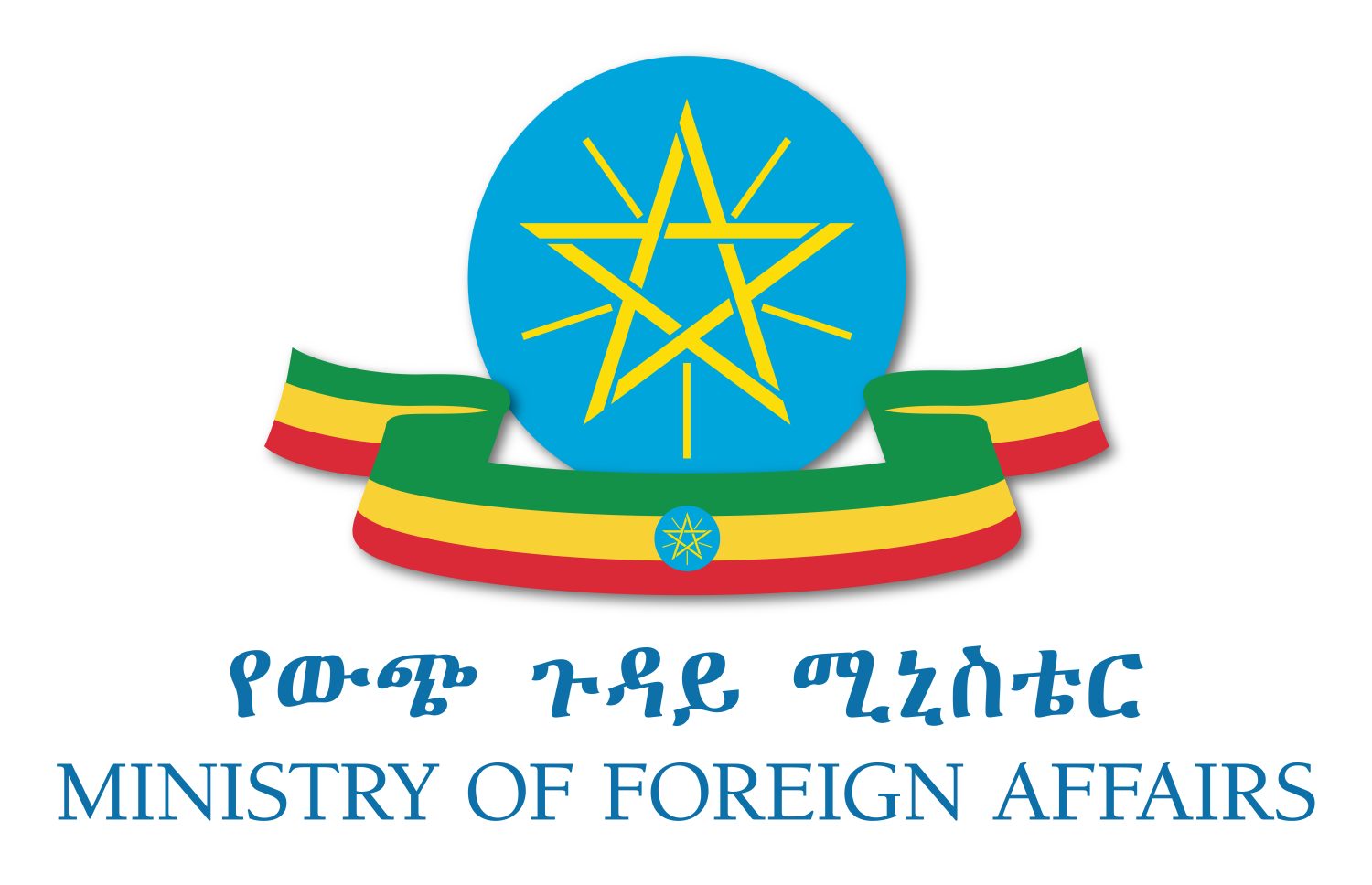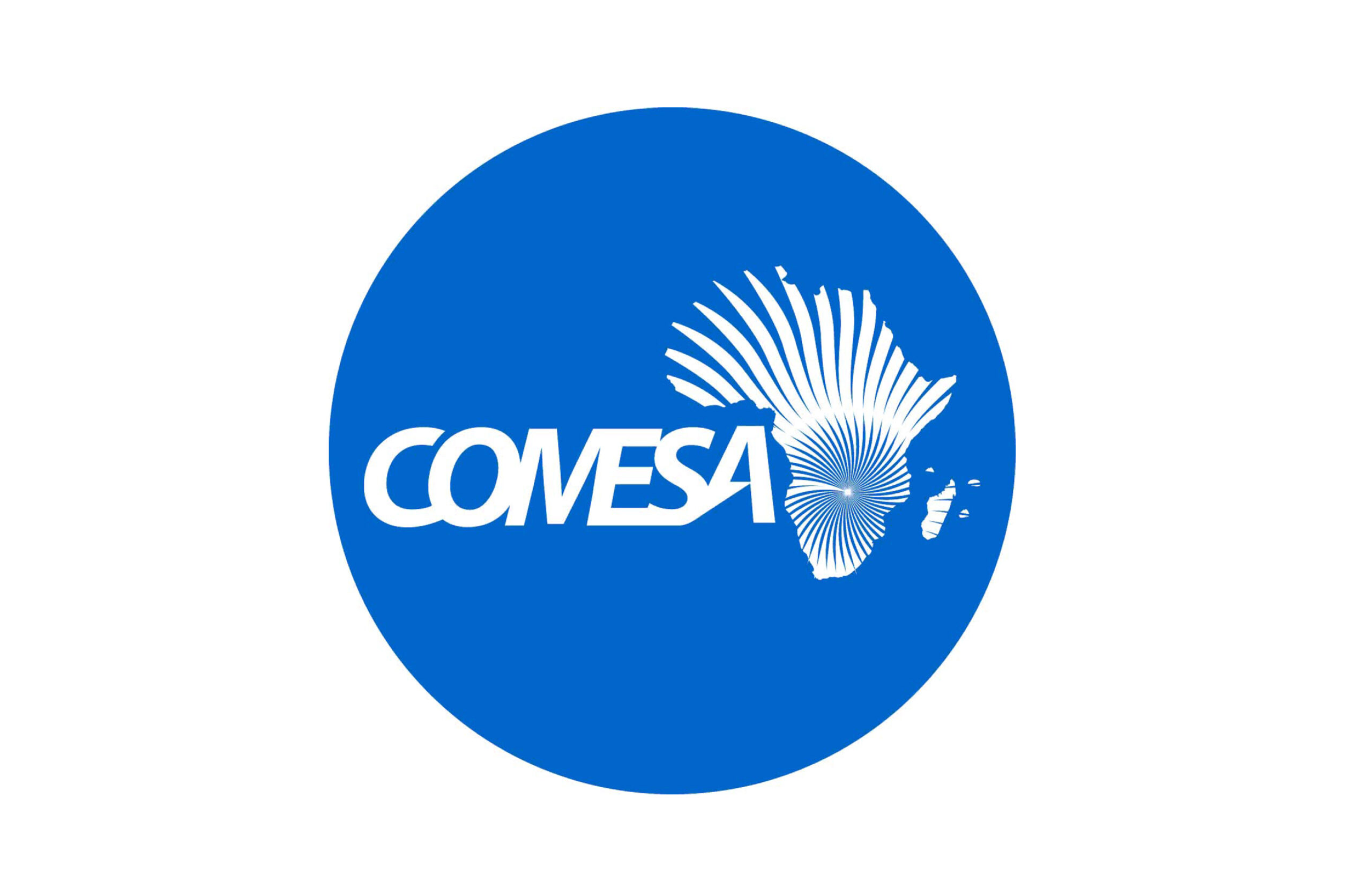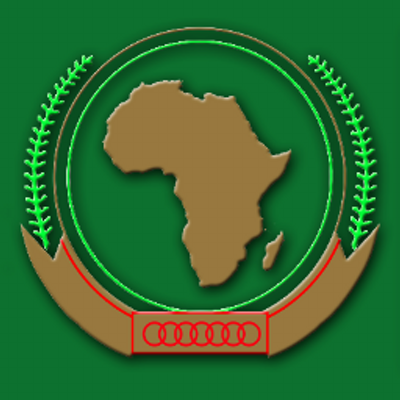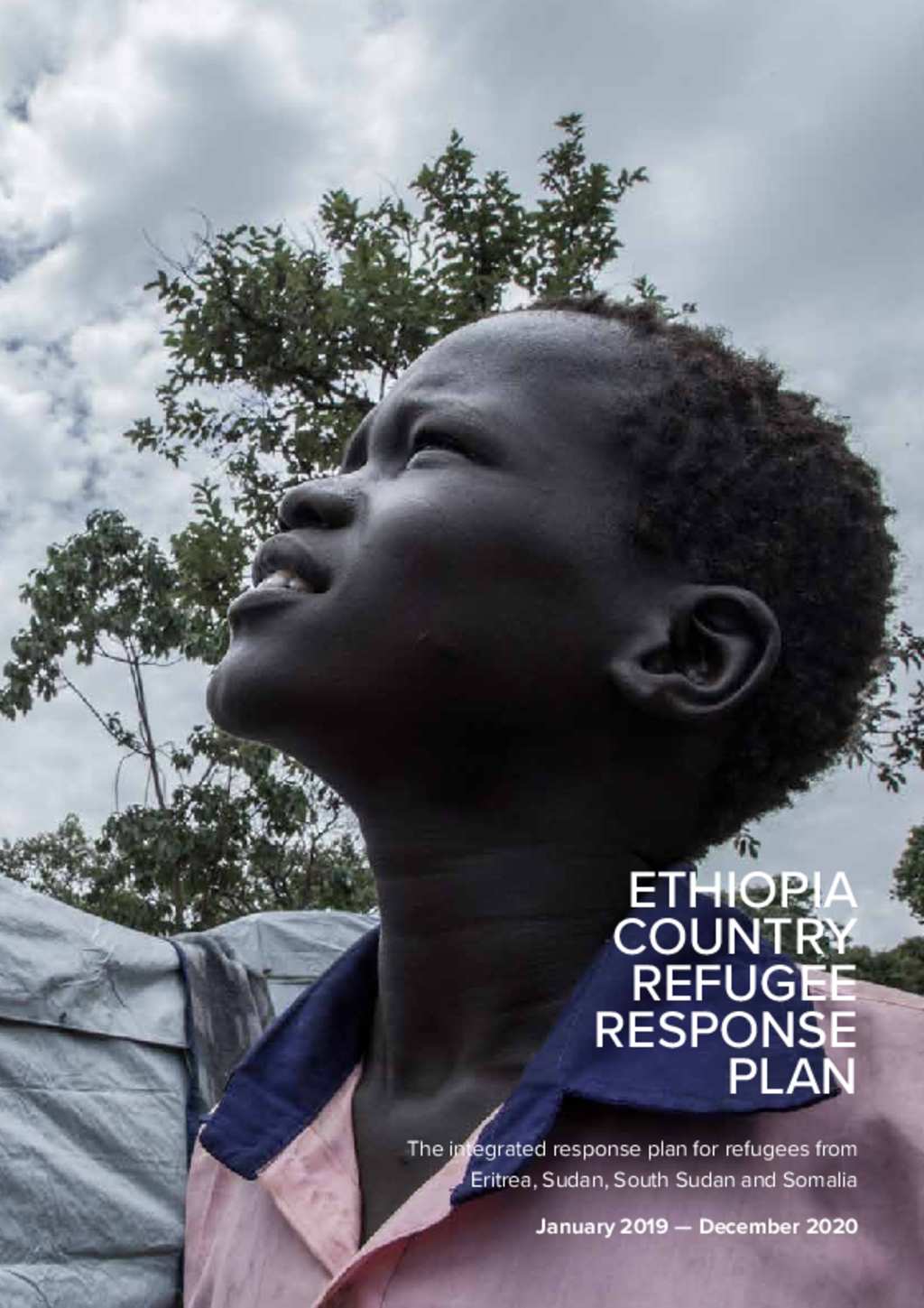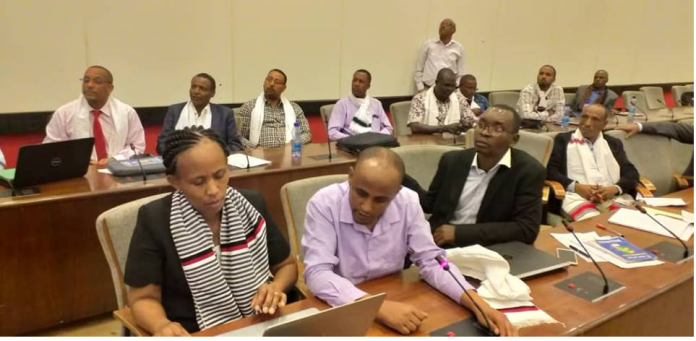This week’s COMESA Summit in Antananarivo
The Common Market for Eastern and Southern Africa (COMESA) held its 19th Summit from October 10-19 in Antananarivo, Madagascar. Among those attending were the Presidents of Madagascar, Zimbabwe and Zambia as well as the Vice-Presidents of Burundi, the Union of The Comoros, Kenya and Sudan and representatives of COMESA states, the Deputy Chairperson of the African Union Commission and representatives of the EU Commission, USAID and seventeen other countries. Ahmed Shide, State Minister for Finance and Economic Cooperation led the Ethiopian delegation, and, on behalf of Prime Minister Hailemariam Dessalegn, handed over the chair of COMESA to President Hery Rajaonarimampianina of Madagascar. Burundi now takes the Vice-chair, and Ethiopia will serve as Rapporteur.
The Summit on Tuesday and Wednesday this week (October 18-19) was preceded by meetings of COMESA Ministers, who considered the challenges that Member States face in implementing COMESA regional integration programs at national and regional levels. All Member States have ratified the Protocol on Gradual Relaxation and Eventual Elimination of Visas (Visa Protocol) but implementation has been slow. This is also true of the Protocol on Free Movement of Persons, Services, Labor and the Right of Establishment and Residence (Free Movement Protocol). Ministers also reviewed the status of market integration in the region with a focus on how member States were implementing the COMESA Free Trade area, 16 out of the 19 member States have joined. Another issue was energizing the implementation of the Tripartite Free Trade Area launched in June 2015; 17 countries out of 26 have so far signed the agreement but none has yet ratified it.
The Ministers also reviewed the peace and security situation in the COMESA region. Secretary General, Sindiso Ngwenya, briefed ministers on the crisis prevention measures to detect simmering conflicts now on place. He said, “We have put in place a robust early warning system on conflicts in the region known as COMWARN and completed our first structural vulnerability assessments which we disseminated to all countries last year. Other peace building initiatives include support to ten countries (Comoros, Djibouti, Eritrea, Ethiopia, Kenya, Madagascar, Mauritius, Seychelles, Somalia and Tanzania) affected by maritime piracy with COMESA strengthening their capacity to fight financial crimes resulting from piracy.
The Ministers adopted COMESA Medium Term Strategic Plan for 2016 – 2020, designed to contribute to structural transformation of the economies of the COMESA member States and foster overall economic development through trade, investment and regional infrastructure development. The plan, developed under the theme “In pursuit of Regional Economic Transformation and Development” is aligned with the Sustainable Development Goals and the Continental Agenda 2063. It identifies nine Strategic Objectives to drive the regional integration agenda for the period 2016-2020: Strengthening Market Integration, Attracting Increased Investments, Strengthening Development of Economic Infrastructure, industrialization, Blue Economy, Gender and Social development, capacity building and Regional and Secretariat readiness.
Prime Minister Hailemariam in his capacity as retiring chair of COMESA gave a keynote speech, which was delivered by Ahmed Shide. The Prime Minister noted that COMESA was among the fastest growing regions of the world, its free trade area remained vibrant and in June last year, COMESA had signed the agreement establishing the Tripartite Free Trade Area between COMESA, the East African Community and the Southern African Development Community. The region had continued its economic infrastructure development programs covering rail, road, water, energy and transport. COMESA’s gender policy had been revised. He said “our policies are evidenced-based through analytical work integrating COMESA economies. The region was implementing the industrial policy agreed at the last summit, leveraging the region’s comparative and competitive advantages in light manufacturing, agro-processing, minerals availability and logistics. He noted the promising trend of cross border investments in manufacturing and services between and among member states. This would contribute to regional value-chains. Creation of a single investment area would, he added, facilitate this. In fact, achieving competitiveness in manufacturing would depend upon implementation of common policies and programs aimed at improving transport, logistics and services. An effective COMESA trade and transit program would mean an average drop of 20% in trade costs. Equally, power generation and inter-connection links over the next two years would contribute to competitiveness.
In his speech, the Prime Minister noted that projections that intra-COMESA trade would reach 25 billion dollars by 2018 were unlikely to be met. Indeed, current figures indicated intra-regional trade had actually declined. This was a sharp reminder that COMESA needed to urgently put in place investment programs for the infrastructural transformation of economies. Removing supply side constraints would generate economic growth and millions of jobs. COMESA’s Adjustment Support Facility was a key element to promote regional integration. It currently provided funding to eleven projects whose implementation would be completed by the end of the year. In terms of progress over the previous year, Prime Minister Hailemariam mentioned the completion of the 750 km Djibouti to Addis Ababa railway, Kenya’s start of the Mombasa to Nairobi link, with its planned extension to Uganda, the Mombasa to Nairobi highway, and the new port at Lamu. Egypt had completed the Suez Canal expansion in July last year and this had already brought major benefits to the global community in reducing delays and transport costs. Zambia had commissioned the Mongu to Kalaboro road and the bridge over the Zambezi, providing a link with Angola; the Kazangula Bridge currently under construction would link Zambia and Botswana. The Prime Minister underlined the importance of corridor development, of one-stop border posts, and of COMESA developments on air safety and river transport. It was now mobilizing resources for a detailed feasibility study for a navigational route between the Mediterranean and Lake Victoria. He referred to substantial progress made in regional power generation and interconnections and the adoption of renewable energy guidelines to enhance energy security. He referred to the creation of COMESA institutions to support regional integration and the need for reliable statistic. He also noted that COMESA had revised its 2002 Gender Policy and developed mainstream gender guidelines. It was partnering with the African Development Bank to implement the African Women Speak Networking project. Prime Minister Hailemariam urged member states to sign and ratify the COMEASA social charter.
During the Summit, COMESA leaders considered and adopted the Report of the Fifteenth Meeting of the COMESA Ministers of Foreign Affairs and of the Thirty Sixth Meeting of the COMESA Council of Ministers. They launched the COMESA Annual Report for 2015 and thanked COMESA’s partners for their continued financial and technical support. In their final communiqué, the Summit called on member states that have not yet signed the COMESA Social Charter to do so. It urged Eritrea and Ethiopia to take definitive steps to join the COMESA FTA in order to enhance integration of the Common Market; and called on Member States to implement the COMESA Industrialization Policy in order to produce value added products and increase intra-COMESA trade in manufactured and inter-mediate products. It welcomed the Decision of the COMESA Business Council to establish a regional forum for national trade promotion organizations, and underscored the critical importance of prioritizing the elimination of barriers to trade and investment through facilitating movement of goods and services, relaxation and gradual elimination of visas to movement of people, and addressing economic structural bottlenecks in COMESA.
The Summit welcomed the Launch of the Tripartite Free Trade Area on 10 June 2015 and commended the 18 Member States that have signed the Agreement. It also called on Member States that have signed the TFTA Agreement to complete the ratification process so that the Agreement can enter into force for implementation. It urged member states to finalize work on the industrial and infrastructure development pillars and urged them to attend the Tripartite Ministerial Meetings to be held in Nairobi, next week so that the Tripartite FTA Agreement can be implemented as soon as possible. It also welcomed the launch of the negotiations for the Continental Free Trade Area on 15 June 2015 and called for member states to try to complete the negotiations within the indicated time frame. It reiterated that both the TFTA and CFTA should pursue the broader objectives of the African Union to accelerate economic integration of the Continent with the main aim of achieving economic growth, alleviating poverty and attaining sustainable economic development.
The leaders welcomed the extension of AGOA, and commended the decision to launch the COMESA Virtual University. It commended the investment for infrastructure development especially in air, rail, road and water transport as well as energy and ICT. They called on Member States to implement air transport liberalization in the COMESA region. They also emphasized the importance of improving maritime connectivity between island and mainland Member States. They welcomed the decision to establish the COMESA Railways Association. They called on Member states to address illegal migration and the human trafficking prevalent in the COMESA region; and urged Member States to fully implement the COMESA Protocol on Gradual Relaxation and Eventual Elimination of Visa Requirements. The communiqué also called on member states to duly make their contributions to COMESA and underlined the importance of financing the elimination of trade barriers to create a seamless COMESA regional market, as well as the industrialization and economic infrastructure interconnectivity program. It agreed to prioritize these sectors for financing. In conclusion it expressed appreciation to the Government of the Republic of Zambia for donating 10 hectares of land for the construction of the new COMESA Headquarters.
Find more@ http://www.mfa.gov.et/web/guest/-/this-week-s-comesa-summit-in-antananarivo
*************************
